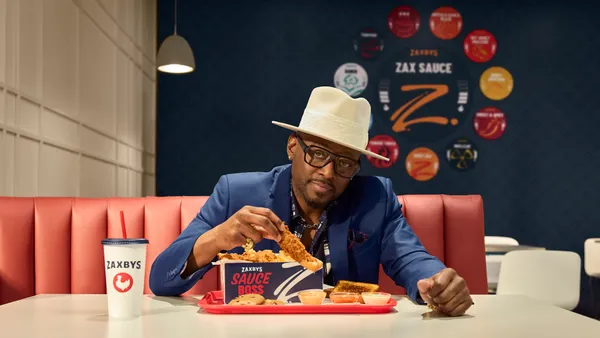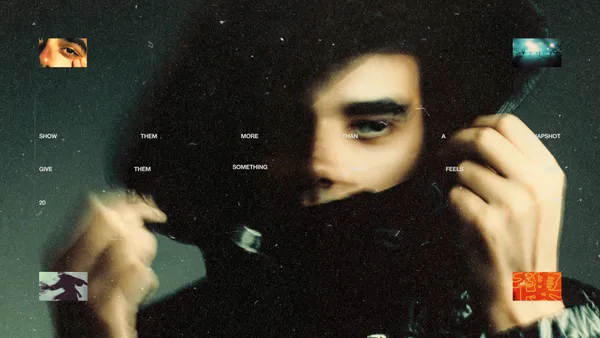Dive Brief:
- Coca-Cola is resurrecting New Coke, a reformulation of its signature soft drink that debuted in 1985 and was shelved a mere 79 days later, as part of a tie-in with the hit Netflix series "Stranger Things," Variety reported.
- New Coke became a notorious failure with consumers despite the painstaking work that Coke put into developing and marketing the beverage, which was sweeter than the original Coke and intended to cater to more modern audiences. The product will appear in some episodes of the third season of "Stranger Things," which debuts this summer and takes place in 1985.
- Coke will also sell 500,000 cans of New Coke, both through an online shop at CokeStore.com/1985 — which has a message urging visitors to check back on May 23 — and at its World of Coca-Cola event in June, per Variety. Ross and Matt Duffer, the sibling creators of "Stranger Things," shot a remake of a vintage New Coke ad featuring the show's cast for the campaign. The spot, available on YouTube now, will play in movie theaters this summer. The beverage giant and streaming service put extensive research into the partnership over the course of 18 months, Variety said, with Coke spending six months digging through its records to properly recreate the New Coke design and recipe.
Dive Insight:
Coke is hoping that a mix of deep consumer nostalgia and fondness for "Stranger Things" — an engine of references to '80s pop culture ephemera — will reignite interest in an offering that has lingered as a point of shame for the company and has served as a standout case study of a product launch gone wrong for more than three decades. The tie-up looks to not only court older consumers who remember, fondly or not, New Coke when it first hit shelves, but also younger Netflix viewers like millennials and Gen Z who probably don't have strong negative associations with the beverage but who have turned "Stranger Things" into a phenomenon.
With the partnership, Coke shows how major marketers are focusing on deeper product integrations to reach viewers who are quickly cutting the cord in favor of largely ad-free streaming services and digital video platforms. The approach could prove beneficial for brands in the long run. Geoff Cottrill, SVP of strategic marketing for Coca-Cola North America, told Variety that the brand hopes to avoid being interruptive with the New Coke campaign. His comments reflect the commercial fatigue many consumers report feeling on services that bombard them with ads.
Netflix competitors like Hulu have built out products that try to account for this trend and leverage some of the benefits that digital streaming wields over linear TV. Hulu, which offers both ad-free and ad-supported subscription tiers, claimed at its Digital Content NewFronts presentation earlier in May that is plans to eventually derive half of its revenue from nondisruptive and nontraditional ad formats, including a "pause ads" offering that plays when viewers take a break and which Coke piloted in Q1.
Coke is hardly the first brand to rewind the clock to capitalize on "Stranger Things" mania. In 2017, Sony Pictures' consumer products division partnered with Reebok for a limited release of a sneaker inspired by "Ghostbusters" that showed up in the second season of "Stranger Things." The 123-year-old bike maker Schwinn has also tapped into its prominence on the Netflix series as the main character's preferred choice of transportation for promotional purposes.
But the New Coke experiment poses some risks, not only in focusing on a product that the public famously rejected, but also in arriving at a time when consumer tastes are increasingly moving away from soda in favor of healthier, less sugary alternatives. Coke has adjusted to that shift in preferences and a decline in sales by repositioning itself as a "total beverage company," though soft drinks have provided some bright spots of late. An overhaul to the Diet Coke brand introduced last year resulted in a sales boost and has been followed by new flavor experiments, like an Orange Vanilla Coke variant rolled out in February.















